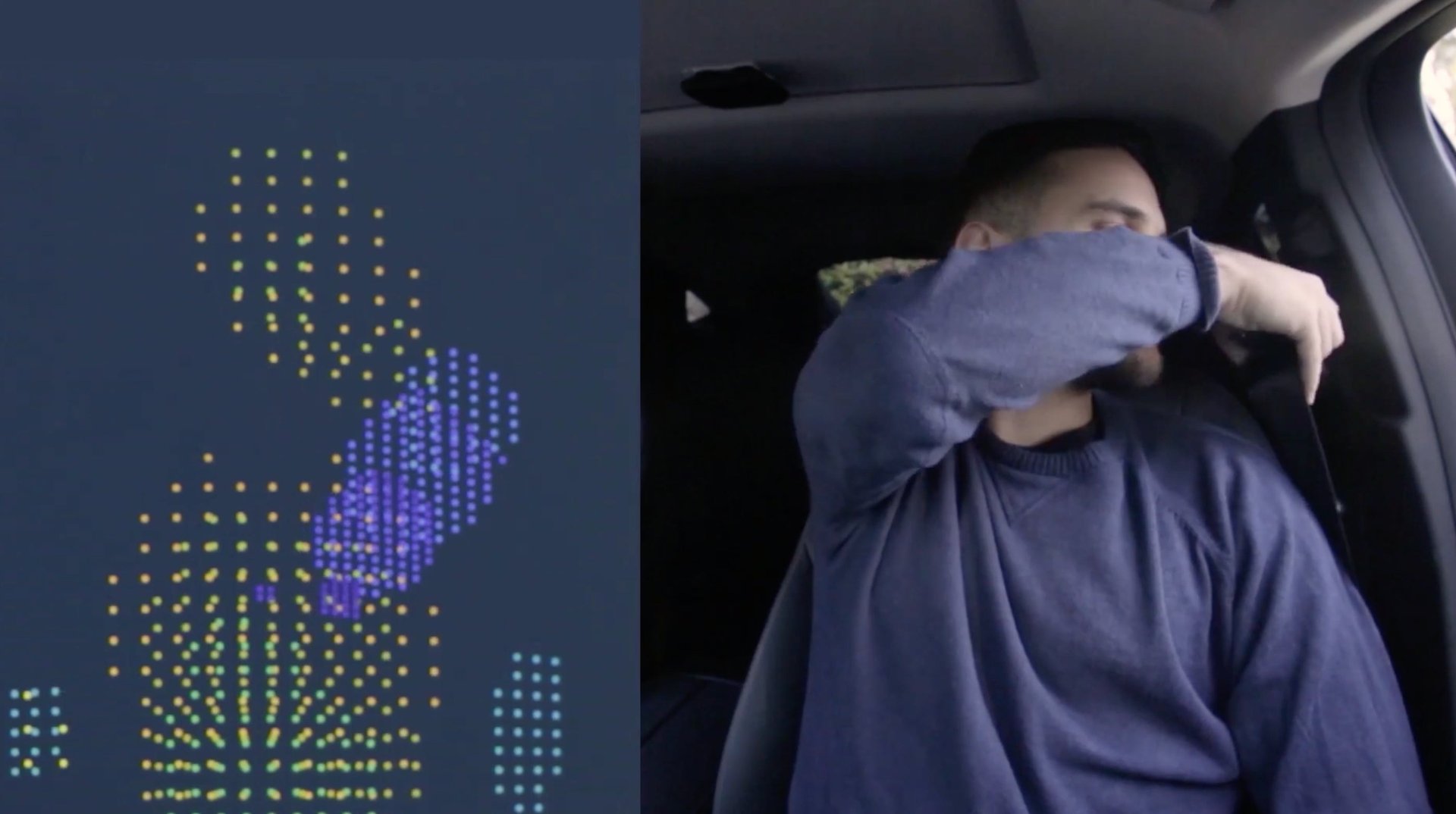As sensor prices drop, carmakers may finally run out of excuses for not dealing with hot-car deaths
Every nine days, on average, a child in the US dies after being left in a hot car. A flood of cheap sensors may help put an end to that senseless tragedy.


Every nine days, on average, a child in the US dies after being left in a hot car. A flood of cheap sensors may help put an end to that senseless tragedy.
The latest autonomous vehicles are being outfitted with lasers, radar, cameras, and ultrasonic sensors to map their surroundings. As demand for such items has grown, their price has plunged. The spinning laser sensor known as lidar once cost $75,000, but is expected to fall to $100 in the coming years.
Their primary use has been on the outside of vehicles. But more automakers, including of traditional cars, are considering them for the interior. The hope has long been that vehicles will warn drivers if a child is left behind.
In 2001, GM promised to use a low-energy radar sensor sensitive enough to detect the breathing of an infant in the backseat. “We intend to begin this rollout in the 2004 calendar year, to alert caregivers or passersby about the presence of an unattended child in a potentially dangerous, hot vehicle,” said Roger Thomas, a vehicle-safety manager, at the time.
That never happened. For the past two decades, as automakers delayed fixing the problem, more than 690 children have died in hot cars, according to statistics compiled (pdf) by the advocacy group KidsandCars.org. The scenario is tragically similar: A parent puts a child in the back seat and forgets he or she is there, or a child is trapped in a vehicle on their own.
One of those parents was Miles Harrison. In 2008, he was driving his son, adopted from Russia, to day care. It was the first day he was supposed to drop off his 1-year-old there, but instead he parked his truck and walked into the office. It wasn’t until 5pm when someone finally asked him what was in the back of his vehicle. By then, it was too late. “I hurt so many people. I hurt so many people,” he sobbed while speaking to USA Today. “My mistake, I hurt so many people.” After the tragedy, Russia banned all US adoptions, ending the process for 23 families.
The problem is human psychology, not irresponsibility (only 13% of cases are children left intentionally). Parents, especially if stressed or sleep-deprived, slip into automatic daily routines and forget their children are in the car, according to (pdf) David Diamond, a neuroscientist at the University of South Florida. It can take less than an hour for a car to heat up to a lethal 115°F (46°C). Many won’t realize their mistake until long after. “The most dangerous mistake a parent or caregiver can make is to think leaving a child alone in a vehicle could never happen to them or their family,” states KidsAndCars.org.
With new sensors making it cheaper to take action, and pressure from lawmakers building, automakers are finally starting to move. That’s mostly been rear-door reminders so far. General Motors, Subaru, Nissan, Hyundai, and Kia say they plan to add dashboard alerts to check the rear seat when the engine is shut off if the rear door had been opened and closed earlier in the trip. But parents who have lost their children say that won’t solve the problem as such routine alerts are tuned out. Hyundai (commercial below) is going further, promoting an optional ultrasonic sensor that can detect movement and trigger the car alarm and a smartphone app alert.
Those safety measures will be standard in the car of the future, says Raviv Melamed, CEO of a startup called Vayyar. His firm is using radar to create a 3D map, or point cloud, of objects around the car to help it park, change lanes, and navigate. While its most advanced sensors run about $100, an array of much cheaper, low-power sensors that cost just $15 or so can be installed in the interior. It can monitor the position, movement, and even the heart rate of everyone in the car. “We’re working on this already for 2022-23 [model year],” says Melamed. “All cars will [eventually] have this safety sensor.”
The Alliance of Automobile Manufacturers is resisting that. The industry group says it’s “concerned” that installing the life-saving sensors won’t make an immediate difference and more “education and outreach” is needed (although that doesn’t mesh with research into the reasons behind such deaths). “The proposed mandate for notification technology in cars misses the targeted population, because so few parents of young children buy new cars,” the Alliance said in a statement. “Each year, less than 13% of new car buyers have a child six years old or younger…Greater public awareness saves lives today.”
But governments are considering requiring it anyway. European lawmakers are working on bills to make “child presence detection” systems mandatory. In the US, Congress is considering the bipartisan 2019 HOT CARS Act introduced by Democrats Rep. Tim Ryan (Ohio) Senator Richard Blumenthal (Connecticut), a bill that would require automakers to include sensors that detect occupants, not just remind drivers to check the back seat. It was first introduced in 2016. Congress has never brought it up for a vote.